Sustainable rural living
Exploring the Hockerton Housing Project
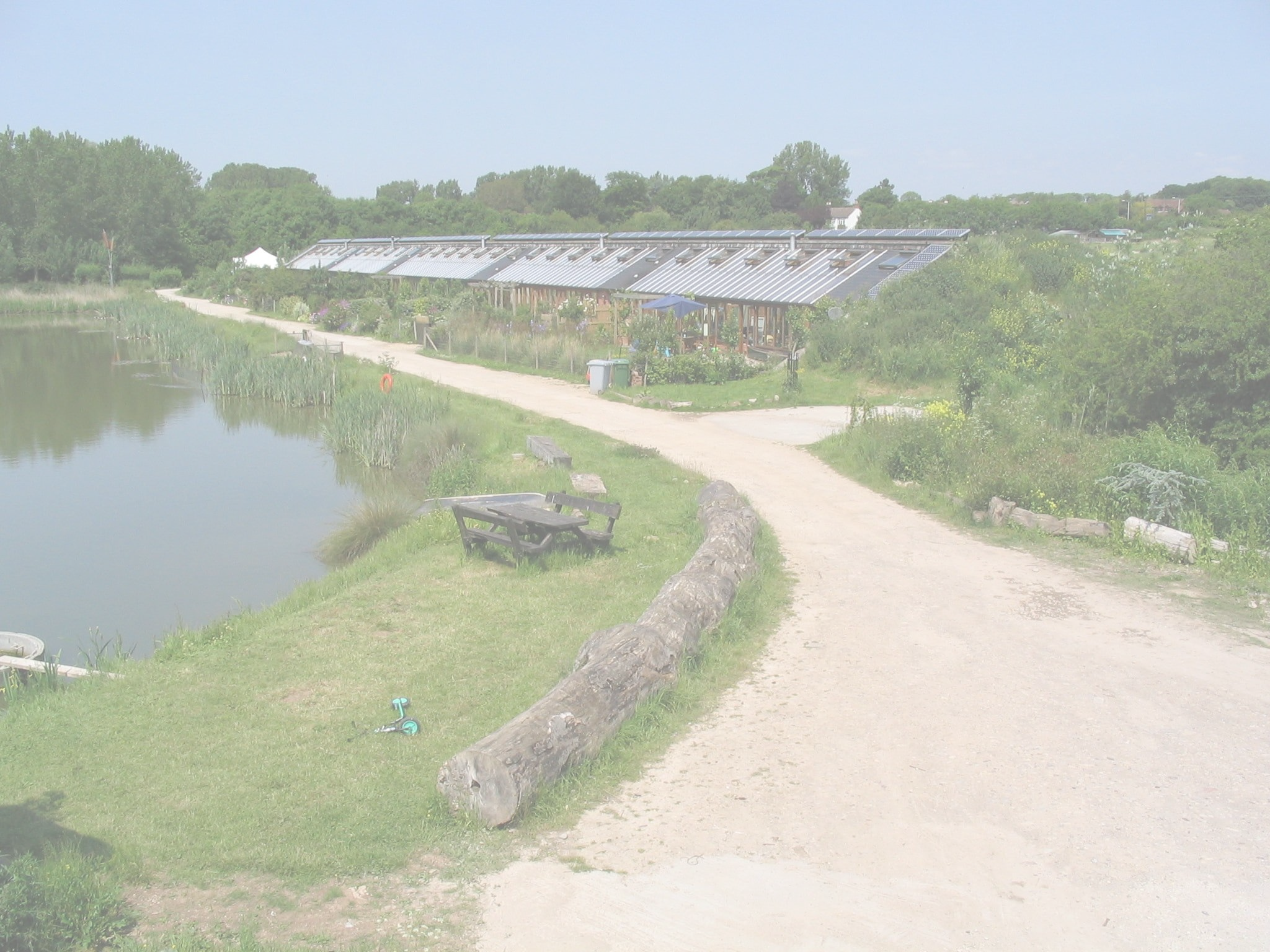
Developed by a group of people seeking a sustainable lifestyle, the Hockerton Housing Project (HHP) is proof that sustainable affordable housing is not only a reality, but within reach for many.
Found in the village of Hockerton, Nottinghamshire, the Hockerton Housing Project is formed of five earth-sheltered homes with a ground-breaking autonomous design and energy efficiency. Producing their energy from renewable sources and developing their own water systems has meant that the community can grow food for their own consumption and thus live without outside help for their basic needs.
Located on Green Belt land, the small development had to meet strict regulations as part of the Section 106 agreement - including being affordable and completely self-sufficient, providing employment, increasing biodiversity on the land as well many other technical criteria which demonstrated it would be an exemplar scheme. After four years of extensive planning, the project welcomed its first residents in 1998.
Almost thirty years later, the project remains a pioneer in sustainable housing innovation. The success of the project can be attributed to its commitment to true sustainability. For the community, that comes in the form of environmental, social and economic considerations that will produce long-term benefits for everyone.
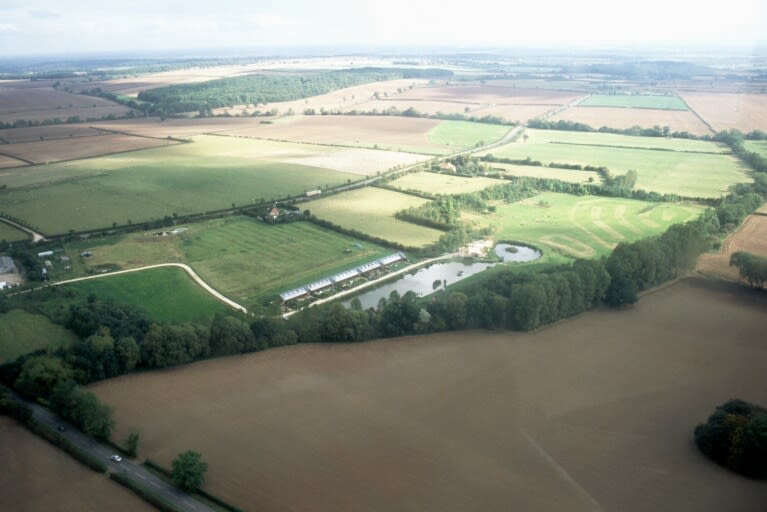
(c) Hockerton Housing Project Trading Limited
(c) Hockerton Housing Project Trading Limited
Environmental sustainability
Renewables and energy efficiency
The community of homes was cleverly designed and constructed to be as close to zero carbon as possible. Protecting their environment and being completely autonomous is a priority for the residents.
Walking into one of the homes may feel like an ordinary experience, but it is in the warm tiled floor and steady temperature throughout seasons that you notice a major element of their design: there is no heating. With almost one hundred solar panels across the five roofs and an earth-covered back, the houses are entirely heated by the sun and tightly insulated to prevent heat loss. This, alongside two wind turbines, power the entire project.
For them, the placement of panels on rooftops was essential not only to reduce their environmental impact, but also to avoid losing their food cultivation space. In choosing to generate much of their energy through solar, the residents were initially concerned with the durability of the solar panels but after two decades with few running issues, they were confident in their choice. Due to prior faults with heat pumps, the switch to solar also meant that they were able to keep costs down by avoiding expensive repairs and replacing equipment.
The Hockerton Housing Project has a virtual tour of the site with its renewable energy practices and sustainable ways of living.
“There's nothing fancy here. You're not going to come in here and see some fancy bit of equipment. It's all very, very basic and simple.” – Debbie Yates, Resident and Director
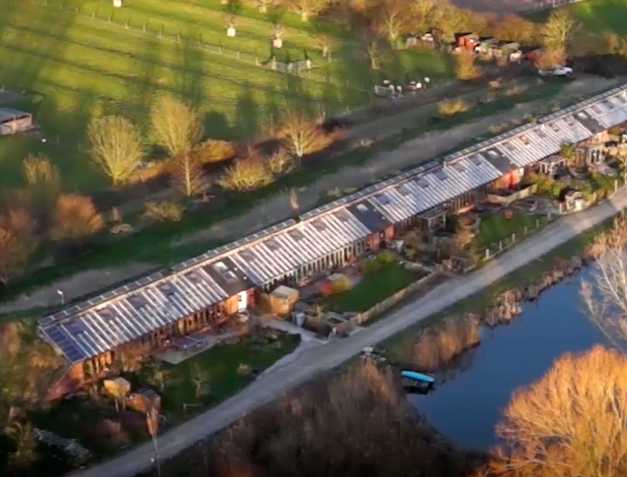
Economic sustainability
Affordable sustainability
Though the Hockerton Housing Project was built in a relatively affluent area with high home costs, that does not mean it is expensive to live in. Residents have the unusual benefit of significantly reduced expenses due to energy self-sufficiency. With no water bills, the remaining energy bill is paid for through a shared pot system to which each household contributes based on their usage. This way, they ensure fairness whilst monitoring their own consumption.
Being connected to the grid allows the HHP to sell energy during summer months. The money made from that will go into the renewables pot which will then fund any replacements or unexpected costs. Through this, they eliminate the need to pay large amounts of money at once from their own pockets. This is a key element in making the community financially sustainable.
“It has to be economic; otherwise, it's not reaching its goal really in terms of sustainability.”
The HHP plays an important role in the local economy by providing employment opportunities within the project. These include carrying out tours of the community, providing masterclasses on sustainable housing, designing autonomous homes for others, and much more. To live there, each household commits to do work within the business.
However, this isn’t rigid; the community welcomes and supports each family if they wish to bring new ideas to the business.
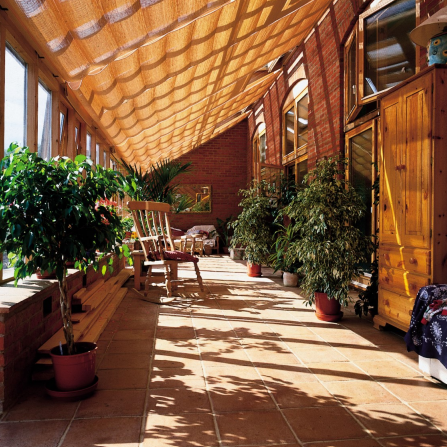
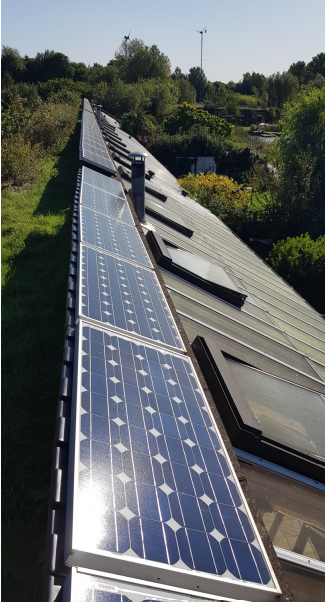
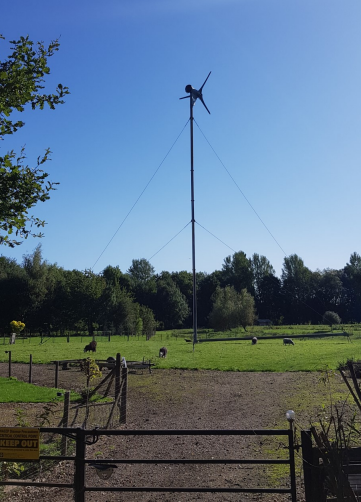
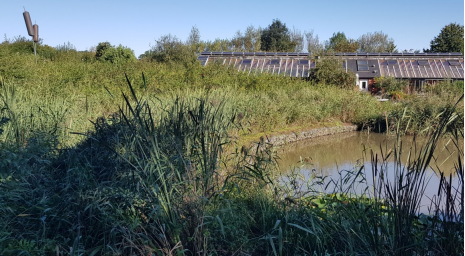
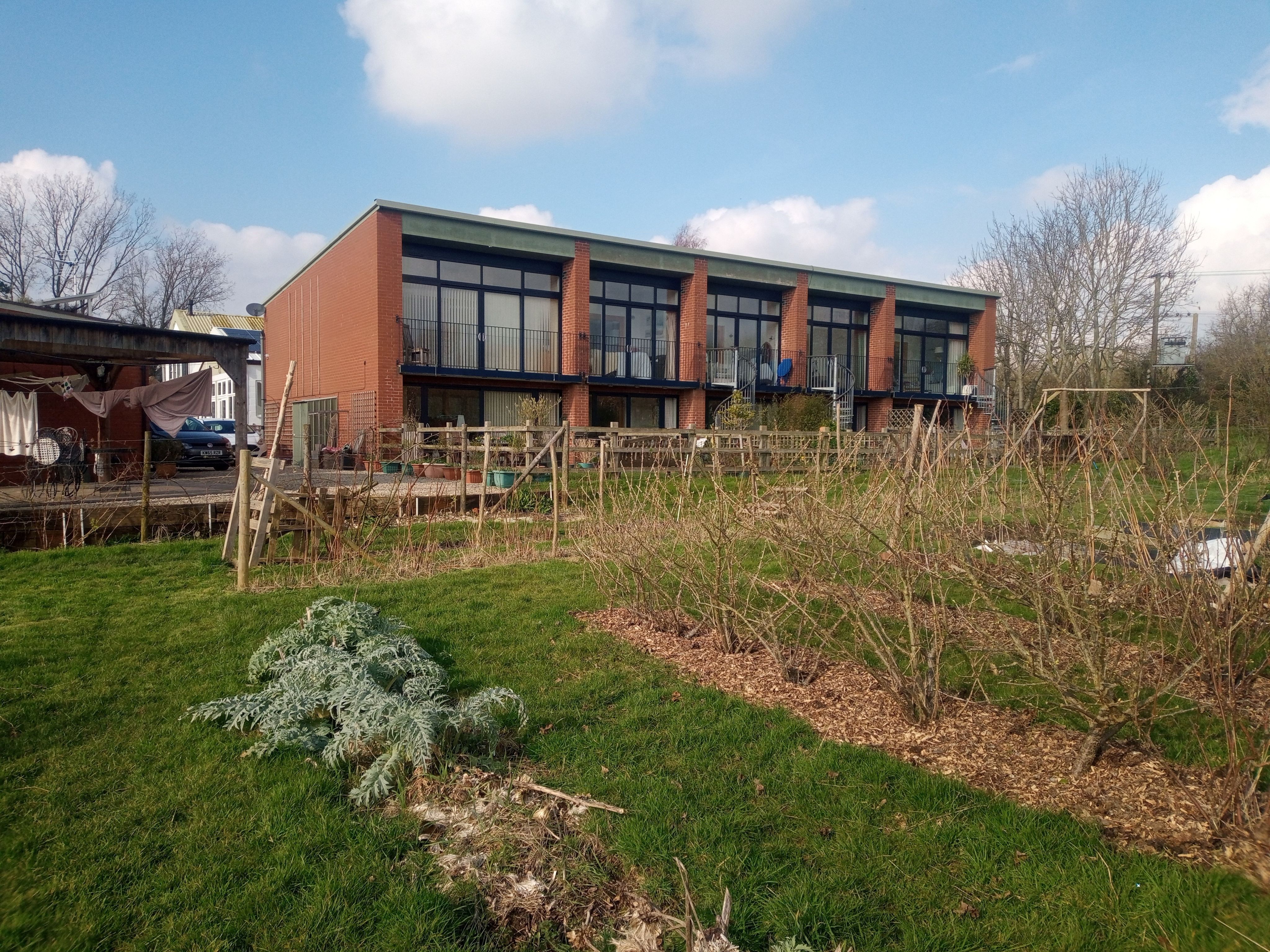
Social sustainability
Thriving community
As a tight-knit community, residents actively take part in maintaining and running the project. Holding regular meetings allows them to determine their organic hours and discuss their role in essential upkeep.
The organic hours are divided into growing food, caring for the animals and bees, fencing and planting trees. Upkeep in the project involves maintaining the solar panels, water systems, wind turbines, roads, and any other facilities.
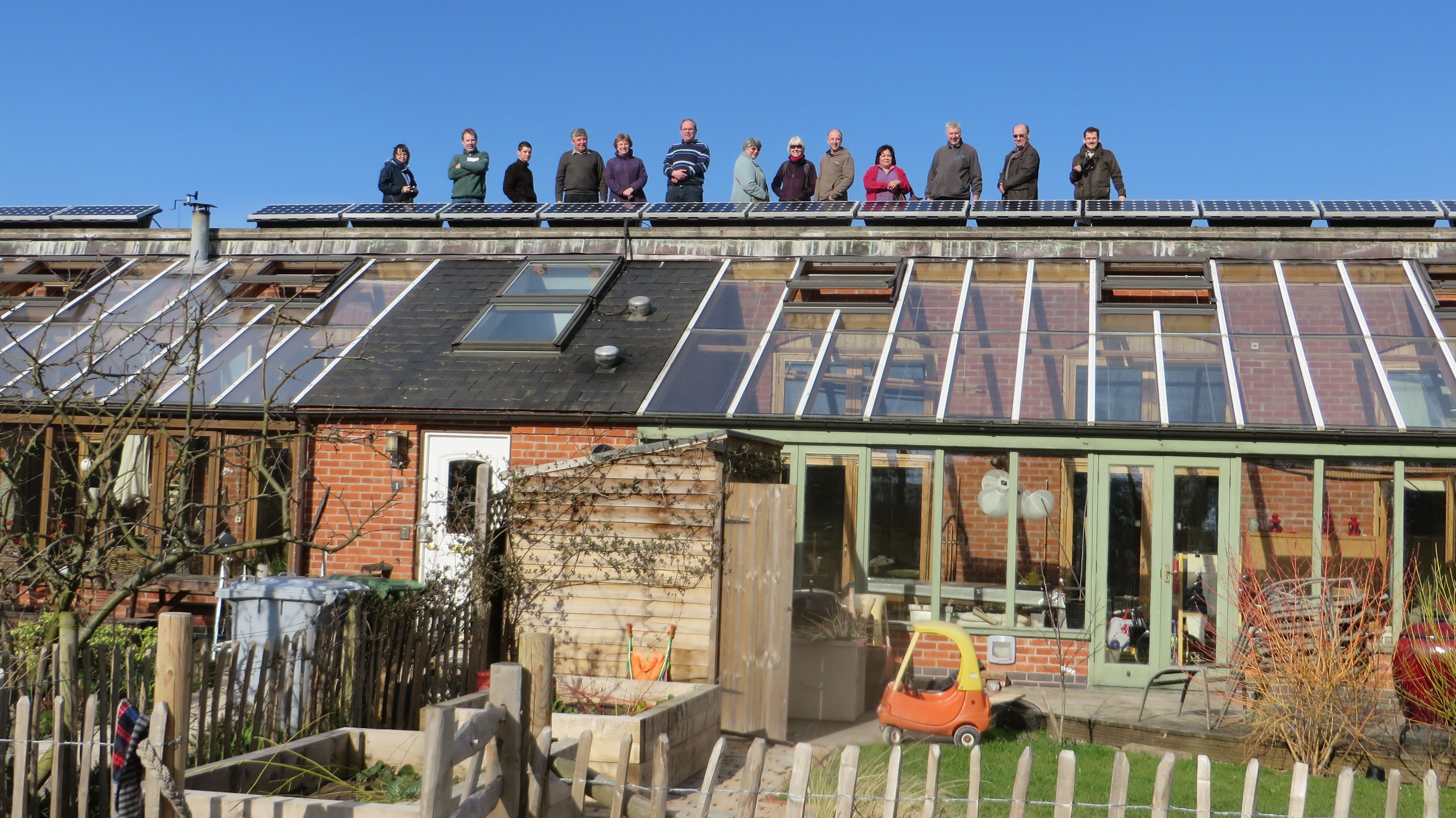
(c) Hockerton Housing Project Trading Limited
(c) Hockerton Housing Project Trading Limited
They operate through a rotating system that ensures fairness and equality in the work each resident puts into the community. For Debbie, taking care of the project is part of looking after each other.
It may seem like a one-off development, but the success of the Hockerton Housing Project is not exclusive to its five homes. It has been extended to nearby areas with different household sizes and affordable rent for local people under the same concept of sustainability. The designers and builders involved in developing the HHP continue to teach their business model in the hopes of making these homes the standard across the country.

At CPRE, we believe that the future of the countryside could look very similar to the Hockerton Housing Project. Communities living in sustainable, quality homes they can afford and thrive in.
To find out more about the Hockerton Housing Project, you can visit their website.
Words: Alanis Rodrigues and Brad Taylor
Editor: Alanis Rodrigues, Brad Taylor and Lewis Townsend
Photos: Hockerton Housing Project
